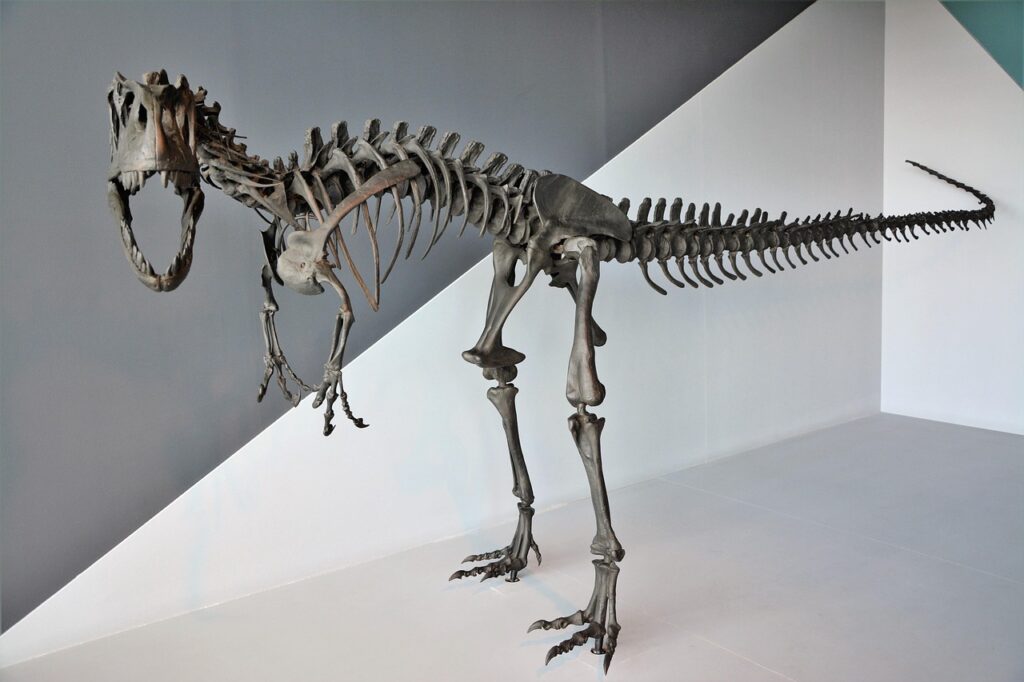Imagine stumbling upon a massive skull buried in desert sand, its eye sockets large enough to hold basketballs and teeth the size of railroad spikes. Now picture this discovery happening thousands of years ago, when humans had no concept of evolution, paleontology, or prehistoric life. What would ancient peoples have thought when they uncovered these colossal remains? This fascinating question opens a window into one of archaeology’s most intriguing puzzles: whether dinosaur fossils discovered by ancient civilizations might have sparked humanity’s earliest stories about dragons, monsters, and even visitors from the stars.
The Accidental Paleontologists of Ancient Times
Long before modern science gave us tools to understand fossilized remains, ancient peoples were stumbling upon dinosaur bones with alarming regularity. Archaeological evidence suggests that civilizations across the globe encountered these mysterious remnants and tried desperately to make sense of them. The sheer size and alien appearance of these bones would have been absolutely mind-boggling to people who had never seen anything larger than a mammoth. Consider the psychological impact of finding a Triceratops skull in ancient Greece or a Stegosaurus spine in medieval China. These discoveries weren’t just curiosities—they were earth-shattering revelations that challenged everything people thought they knew about the world. Without any framework for understanding deep time or extinction, these ancient fossil hunters had to rely on their imagination and cultural mythology to explain the impossible.
When Bones Become Dragons
The connection between dinosaur fossils and dragon mythology isn’t just speculation—it’s supported by compelling evidence from multiple cultures. In ancient China, “dragon bones” were actively collected and ground into traditional medicines, many of which we now know were actually dinosaur fossils. The Chinese dragon, with its serpentine body, powerful limbs, and fearsome head, bears an uncanny resemblance to certain dinosaur species when you strip away the mystical elements. European dragons share similar characteristics that align suspiciously well with dinosaur anatomy. The massive skulls, long tails, and powerful limbs described in medieval texts could easily have been inspired by real fossil discoveries. What’s particularly fascinating is how these dragon myths emerged independently across cultures that had no contact with each other, suggesting a common source of inspiration buried in the ground beneath their feet.
The Sky Gods Theory
Here’s where things get really interesting. Some researchers propose that ancient peoples, upon discovering these massive, otherworldly remains, concluded that such creatures must have come from the heavens. The logic seems almost inevitable: if these beings were too large and strange to have lived on Earth, they must have descended from the sky. This leap in reasoning could explain why so many ancient mythologies feature powerful beings arriving from above. The psychological framework for this interpretation makes perfect sense. Ancient humans lived in a world where the largest land animals were elephants, bears, or large cats. Discovering a creature with a skull three times larger than an elephant’s would have been like finding evidence of giants from another realm. The sky, being the most mysterious and unreachable place they knew, became the natural origin point for these impossible beings.
Fossil Evidence in Ancient Art
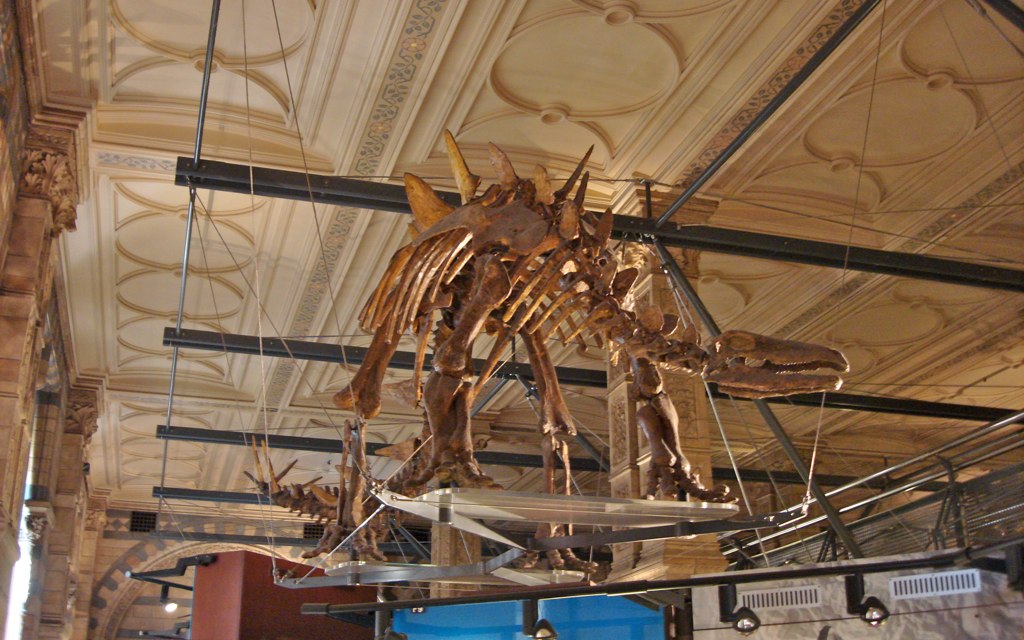
Archaeological discoveries have revealed some truly remarkable artistic depictions that seem to show remarkable accuracy in portraying dinosaur-like creatures. Ancient Cambodian temples feature carvings that look suspiciously like Stegosaurus, complete with the distinctive back plates. Native American petroglyphs show creatures with long necks and tails that bear striking resemblances to sauropods. These artistic representations are particularly compelling because they often include anatomical details that would be impossible to imagine without having seen the actual fossils. The precision in these ancient artworks suggests that the artists were working from direct observation rather than pure fantasy. This evidence points to a much more sophisticated understanding of these ancient remains than we might have expected.
The Mesopotamian Connection
Ancient Mesopotamian texts contain some of the earliest recorded encounters with mysterious giant creatures that don’t fit known animal categories. The Epic of Gilgamesh describes encounters with beasts that possess characteristics remarkably similar to theropod dinosaurs. These stories often involve creatures of immense size and power that seem to have supernatural origins. What makes these accounts particularly intriguing is their matter-of-fact tone. Unlike pure mythology, these texts often read like historical accounts of actual encounters. The detailed descriptions of size, behavior, and physical characteristics suggest that the authors were describing something they believed to be real. This documentary style of writing implies that the inspiration for these stories came from tangible evidence rather than pure imagination.
Biblical Giants and Prehistoric Puzzles
The biblical account of giants in the earth has puzzled scholars for centuries, but viewing it through the lens of paleontological discovery offers a fascinating new perspective. The Hebrew word “nephilim” has been translated as giants, fallen ones, or those who came from above. If ancient peoples discovered dinosaur fossils and interpreted them as evidence of massive beings from the heavens, these biblical accounts suddenly take on new meaning. The book of Job contains one of the most intriguing passages, describing a creature called Behemoth with characteristics that align remarkably well with sauropod dinosaurs. The text mentions its massive size, plant-eating diet, and tail like a cedar tree. While traditionally interpreted as a hippopotamus or elephant, the description fits a long-necked dinosaur far more accurately.
Greek Myths Through a Fossil Lens

Greek mythology is packed with creatures that become far more interesting when viewed as possible misinterpretations of dinosaur fossils. The story of the Titans—massive beings who once ruled the earth before being overthrown—could easily have been inspired by the discovery of enormous fossilized remains. The cyclops myth might have originated from mammoth skulls, but other Greek monsters seem to draw from even more ancient sources. The griffin, with its powerful body and distinctive head crest, bears a remarkable resemblance to protoceratops fossils found in regions where ancient Greeks established trade routes. The detailed descriptions of these creatures in Greek literature often include anatomical features that would be difficult to invent without some kind of physical evidence. This suggests that Greek storytellers were working from real discoveries, not just imagination.
Native American Traditions and Thunder Beings

Native American cultures across North America have rich traditions involving massive flying creatures known as Thunder Birds or Thunder Beings. These stories describe enormous winged creatures capable of creating storms and wielding incredible power. What’s particularly striking is how these myths align with regions where pterosaur fossils are commonly found today. Many tribes have specific oral traditions about discovering the bones of these great creatures and interpreting them as evidence of their ancestors’ encounters with sky beings. The Lakota people have stories about creatures with wingspans so vast they could block out the sun, descriptions that match remarkably well with the largest known pterosaurs. These traditions suggest that Native Americans were not only finding fossils but developing sophisticated mythological frameworks to explain them.
The Psychology of Ancient Discovery
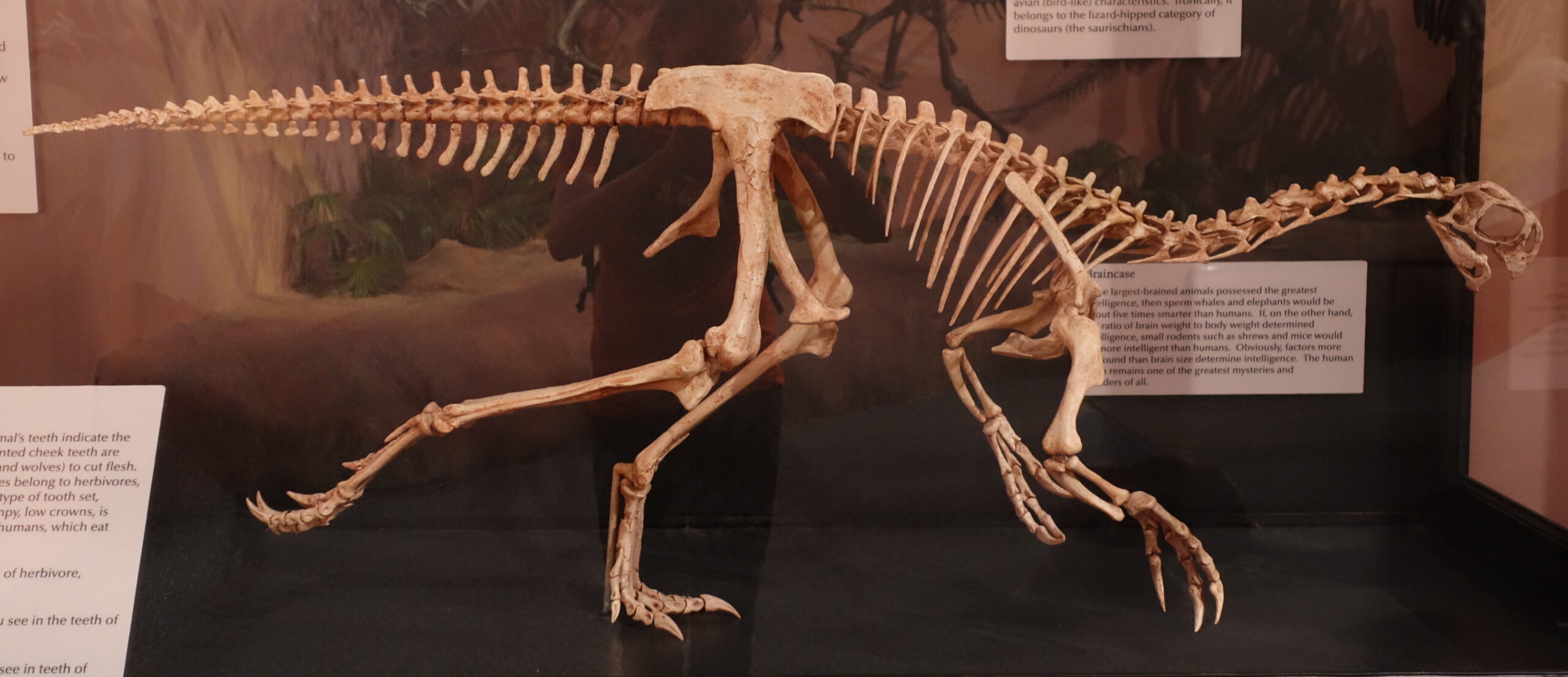
Understanding how ancient peoples would have reacted to dinosaur fossil discoveries requires us to step into their mindset completely. Without any concept of deep time, evolution, or extinction, these discoveries would have seemed like evidence of a parallel world existing alongside their own. The emotional impact would have been overwhelming—imagine the mixture of terror, wonder, and religious awe that would accompany such findings. The human brain naturally seeks patterns and explanations, especially when confronted with something completely outside normal experience. Ancient peoples would have applied their existing knowledge frameworks to these discoveries, leading inevitably to supernatural explanations. The leap from “giant bones” to “beings from the sky” represents a logical progression given their limited scientific understanding but unlimited imagination.
Modern Archaeological Revelations
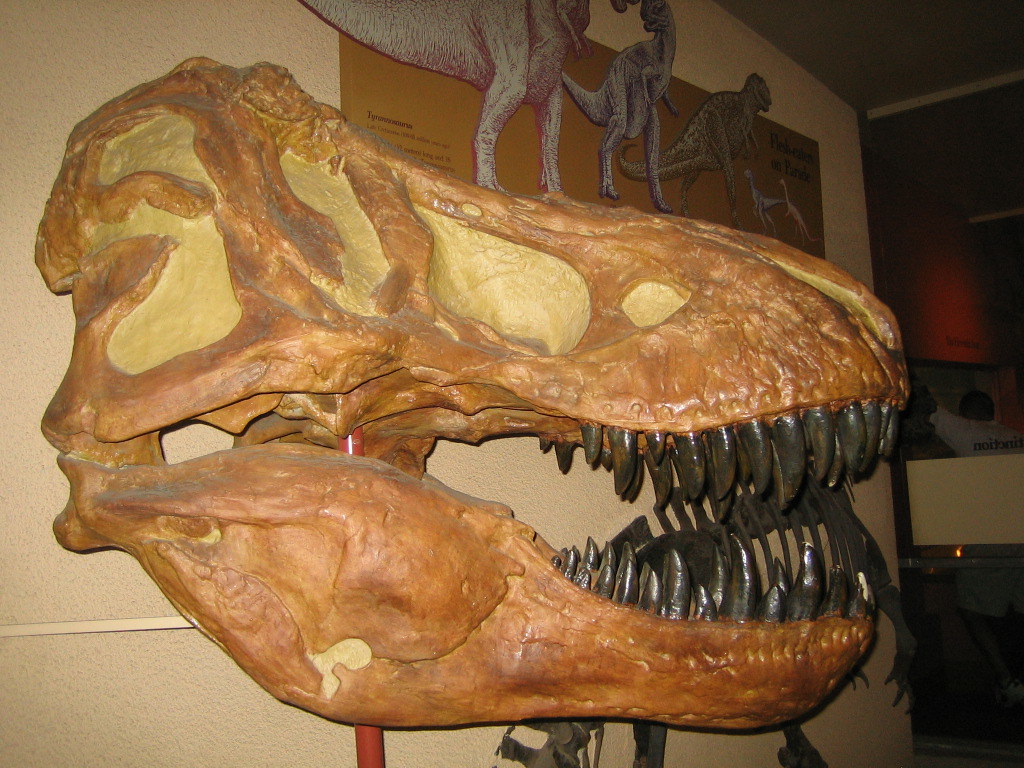
Recent archaeological discoveries have provided stronger evidence for the dinosaur-alien myth connection than ever before. Excavations at ancient sites have revealed fossilized remains in contexts that suggest they were deliberately collected and displayed by ancient peoples. These findings indicate that our ancestors weren’t just accidentally stumbling upon fossils—they were actively seeking them out and incorporating them into their cultural practices. Some of the most compelling evidence comes from burial sites where dinosaur fossils have been found alongside human artifacts, suggesting they held special significance. The careful placement of these remains indicates that ancient peoples viewed them as sacred objects, possibly evidence of divine or otherworldly beings. This reverent treatment of fossils supports the theory that they inspired religious and mythological beliefs about sky gods and alien visitors.
The Extraterrestrial Interpretation
The jump from discovering massive, unknown creatures to believing in extraterrestrial visitors might seem extreme, but it follows a logical psychological pattern. Ancient peoples lived in a world where the sky was the ultimate mystery—the realm of gods, spirits, and unknown powers. When confronted with evidence of creatures that seemed impossible for Earth, the sky became the most reasonable explanation for their origin. This interpretation gains additional weight when we consider how many ancient cultures developed similar beliefs independently. The consistency of “sky being” myths across isolated civilizations suggests a common inspiration source. Dinosaur fossils, being both physically impressive and universally distributed, could easily have provided this shared foundation for extraterrestrial mythology.
Scientific Perspective on Ancient Interpretations
Modern paleontology offers fascinating insights into how ancient fossil discoveries might have been interpreted. The anatomical features that seem most alien to us today would have been even more shocking to ancient peoples. Consider the hollow eye sockets of a T-Rex skull—large enough to seem like portals to another world, or the bizarre crest of a Parasaurolophus that could easily be mistaken for evidence of non-terrestrial intelligence. The preservation quality of fossils in certain regions would have made these discoveries even more impactful. Well-preserved specimens with intact skulls and distinctive features would have provided ancient peoples with clear, undeniable evidence of creatures unlike anything in their known world. The scientific accuracy required to create such complex forms would have seemed impossible without divine or otherworldly intervention.
Cultural Impact and Lasting Legacy
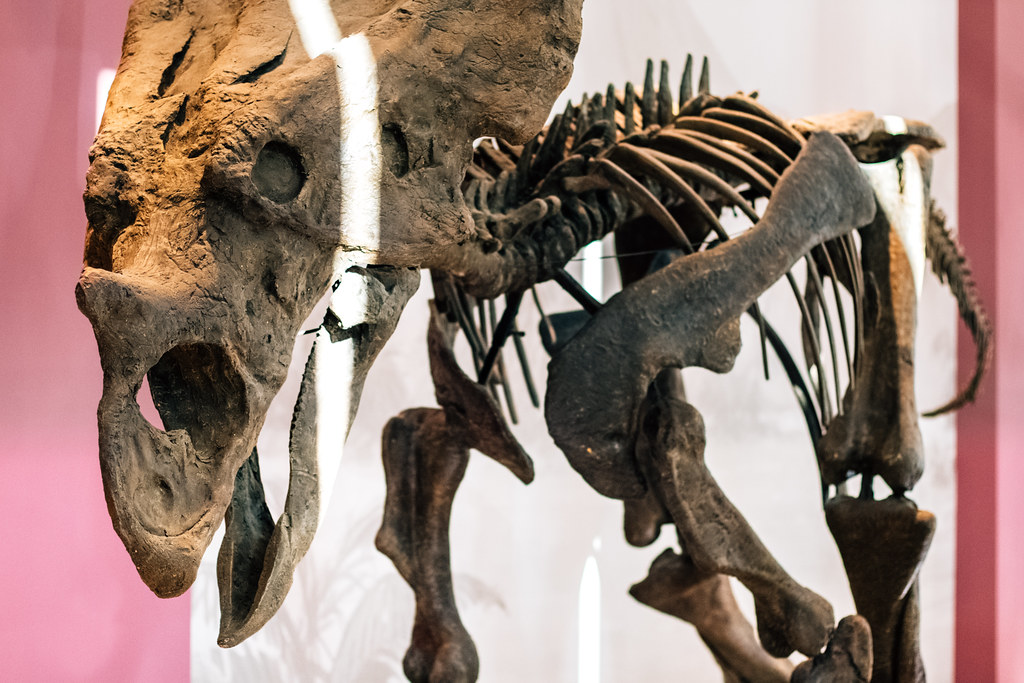
The influence of these ancient fossil discoveries extends far beyond simple mythology—it may have shaped fundamental aspects of human culture and religion. The concept of powerful beings from the sky appears in virtually every major religion and mythology system, suggesting a deeply rooted human experience that transcends cultural boundaries. This universal theme could very well trace back to our species’ early encounters with dinosaur remains. The emotional and psychological impact of these discoveries likely contributed to humanity’s enduring fascination with the possibility of extraterrestrial life. Our willingness to believe in alien visitors might be partially rooted in ancestral memories of discovering evidence of creatures that seemed too incredible for this world. This deep-seated cultural programming continues to influence how we interpret unexplained phenomena today.
The Verdict on Ancient Alien Inspiration
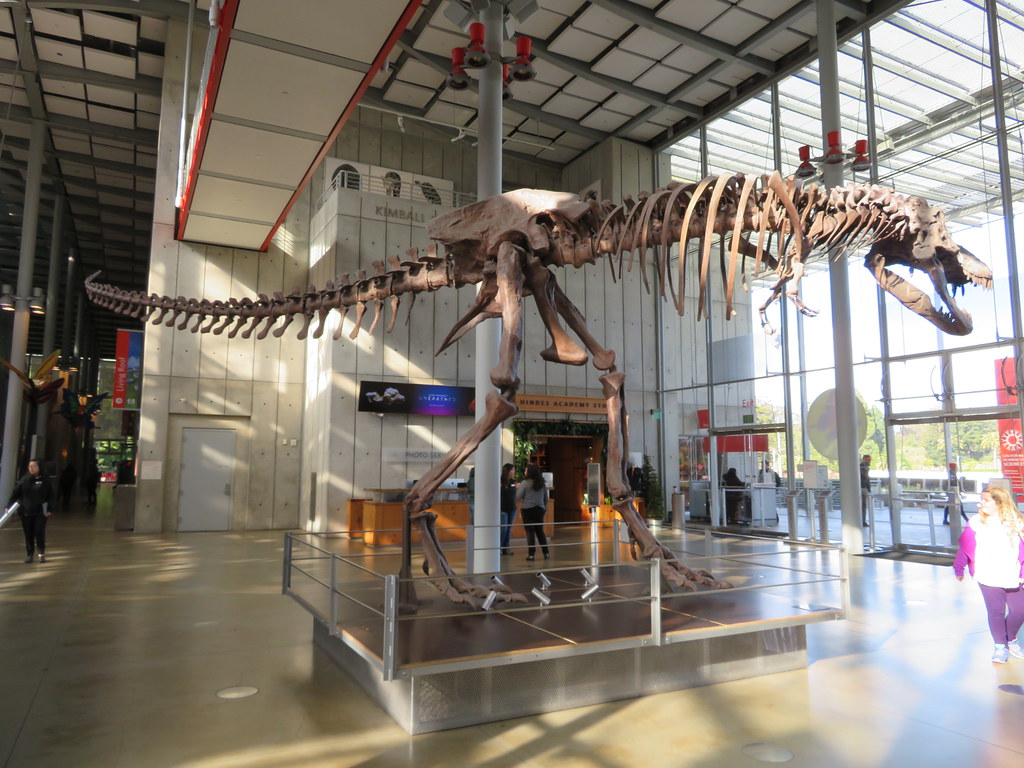
The evidence connecting dinosaur fossil discoveries to ancient alien and sky god myths is surprisingly robust. While we can’t definitively prove that specific fossils inspired particular myths, the correlation between fossil-rich regions and cultures with detailed sky being traditions is too strong to ignore. The anatomical accuracy of many ancient creature descriptions, combined with the universal nature of these myths, suggests a real-world inspiration source. The psychological framework also makes perfect sense. Ancient peoples, lacking our scientific understanding but possessing the same human curiosity and pattern-seeking behavior, would naturally have developed supernatural explanations for these incredible discoveries. The leap from giant bones to sky beings represents a logical progression of human reasoning when confronted with the impossible.
Conclusion
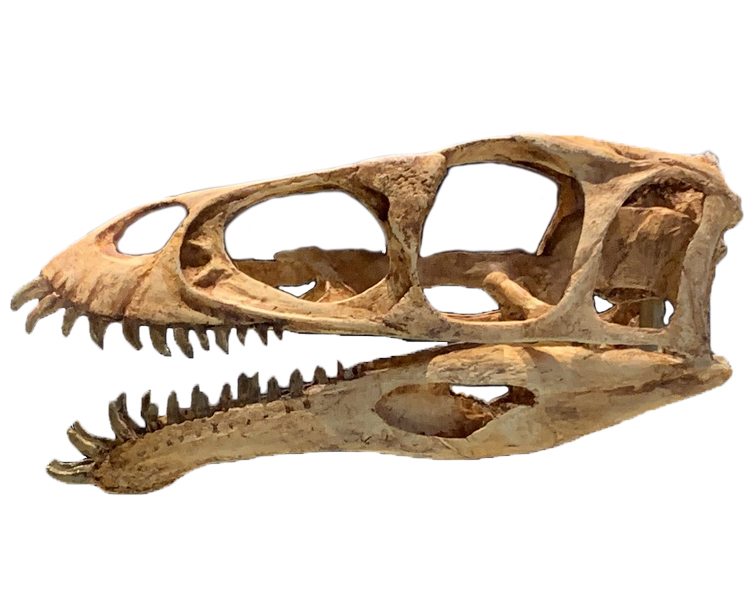
What emerges from this analysis is a picture of our ancestors as far more sophisticated interpreters of their environment than we often give them credit for. They weren’t just creating random fantasies—they were developing complex mythological systems to explain real physical evidence that challenged their understanding of the world. In doing so, they may have laid the groundwork for humanity’s enduring belief in visitors from beyond our world, all inspired by the magnificent creatures that ruled Earth millions of years before humans ever looked up at the stars and wondered what might be looking back.

